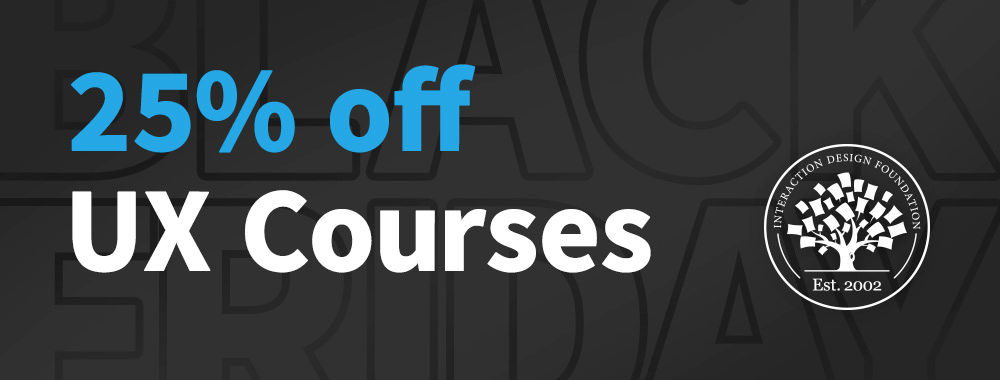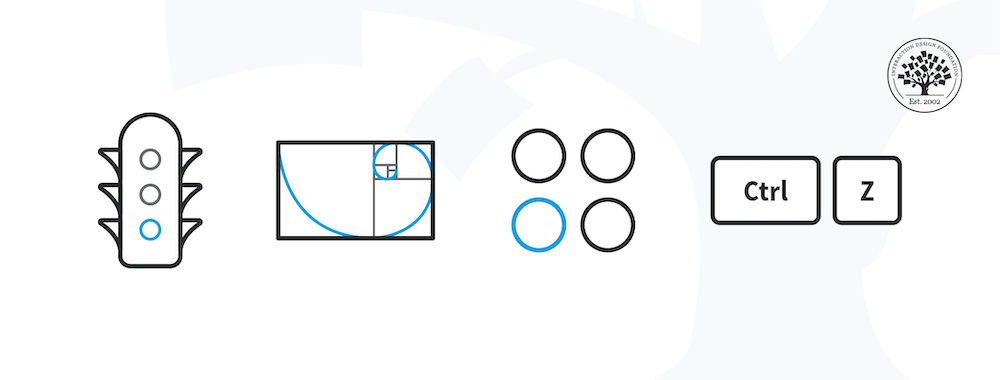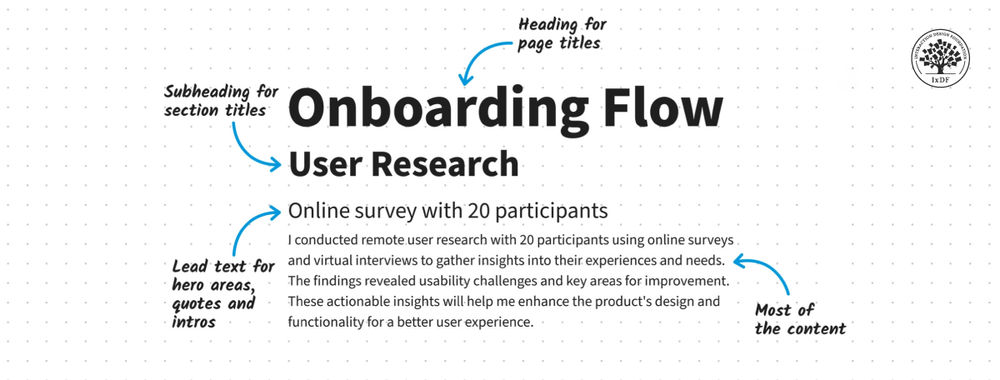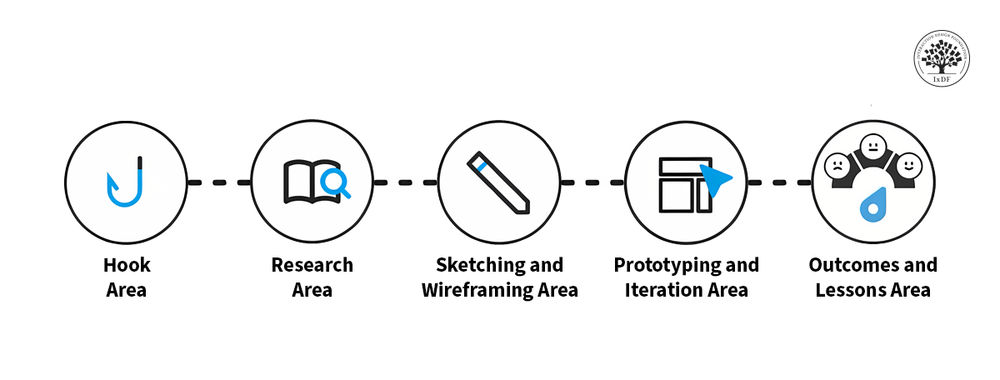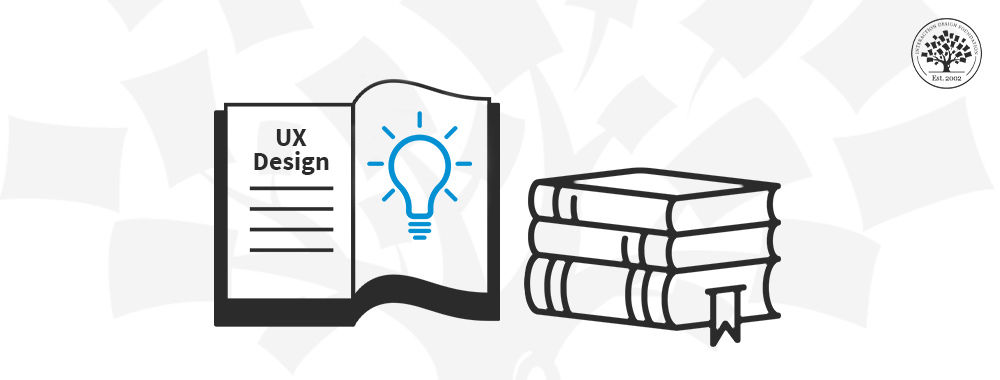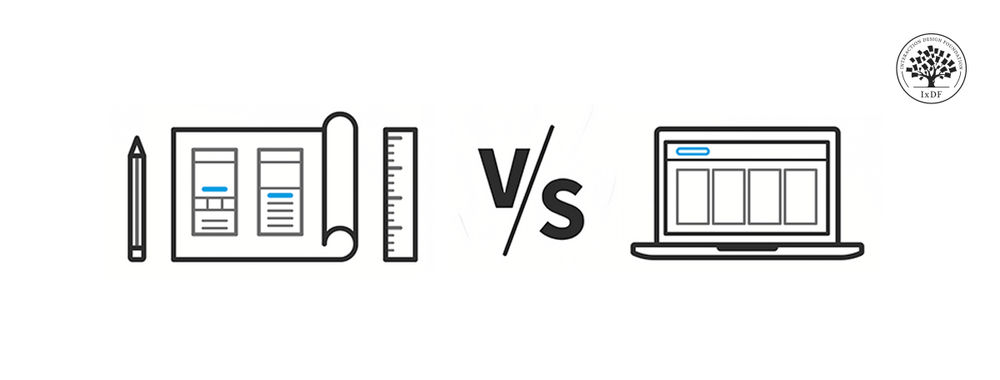Welcome and congratulations for selecting the "Design Thinking: The Beginner's Guide". Design thinking is a topic which is set to change the way we work together—and in a fundamental way—so we can investigate, understand and solve real-world problems across a wide spectrum of influence. Traditionally, the creation of solutions to wicked problems (i.e., highly complex and multi-level problems) was seen as the sole domain of field specialists, strategists or highly trained and talented individuals. This idea has been changing over the past few decades as more and more individuals and teams apply design-centric methods in order to tackle problems outside of their core domain of specialisation and co-create highly innovative solutions.
“What we need is an approach to innovation that is powerful, effective, and broadly accessible, that can be integrated into all aspects of business and society, and that individuals and teams can use to generate breakthrough ideas that are implemented and that therefore have an impact. Design thinking, the subject of this book, offers just such an approach.”
– Tim Brown, former CEO of the celebrated innovation and design firm IDEO – from the introduction of his book, Change by Design
Design Thinking is an Essential and Innovative Process
Some of the most established characteristics of products, services, business models, environments and just about any other designable things are subject to change at any given time. Not too long ago, human beings asked themselves: Is it possible to develop transportation which is faster than a horse? Can humans fly? Do doors always have to have handles? Should taps always be hand operated? Do phones really need to have a cable? Do cars have to have a driver and a steering wheel? We’re eager to help you ask new relevant questions which can improve our daily lives and meet our human needs. And we can’t wait to teach you methods which will help you and your team understand and research your users’ human needs and how you can come up with the most powerful, creative and innovative solutions to meet their needs, create prototypes and start testing them.
The new frontier of innovation is smashing assumptions we have about how things should be and coming up with disruptive ways of arriving at the same goals in ways we never considered possible. Sometimes this completely re-invents the entire concept of achieving that goal.
“I keep encountering people who jump to solutions and who fail to question assumptions—engineers, business people, and yes, designers (and design students). These encounters made me reconsider. I observed design students who were acting mindlessly, simply doing their assignments as presented. No creativity, no imagination, no questioning. That's not what design thinking is about. As a result, I have changed my mind: Design Thinking really is special.”
– Don Norman, Grand Old Man of User Experience, in Rethinking Design Thinking
Step by Step
The course will introduce the key focal areas of the Design Thinking process in a linear fashion, beginning with a general overview of the subject and then covering each phase. Design Thinking, however, is not a linear process and may at times include more or fewer steps, a different sequence of steps, or an overlap of certain steps or phases.
Templates, Examples and Case Studies
We will give you a lot of templates which will help you get started applying the Design Thinking techniques. The course will also give you many examples, and we will go into case studies, videos and other useful material, which will help you dive further into Design Thinking. We encourage you to engage in your own Design Thinking practices and learn by experimenting with the ideas, techniques, and templates, all of which we have covered as much as possible, as Design Thinking is extremely practical, and certain insights into the techniques and phases will only be evident once you experience them.
Learn, Apply and Work with a Global Team of Professionals
You are now part of a global multidisciplinary team. The other course participants are people from diverse professional backgrounds from all over the world. We encourage you to apply what you learn in each lesson to your work projects and experimenting in your own way. You may even be able to select one project to run through the entire course. We also encourage you to tell about your experiences as you practically apply what you have learnt, engaging and positively contributing to discussions with course participants. Design Thinking by its own very nature, reveals new and insightful scenarios and outcomes, which are enhanced by sharing. It’s a social and collaborative approach, which thrives on principles of community, and collective experience. You will work together to improve your skills—and understanding and participating actively in discussions is a great chance to learn, grow, and network with peers across the planet.
References & Where to Learn More
Don Norman. Rethinking Design Thinking, 2013:
http://www.core77.com/posts/24579/rethinking-design-thinking-24579
Tim Brown, Change by Design: How Design Thinking Transforms Organizations and Inspires Innovation Introduction, 2009


